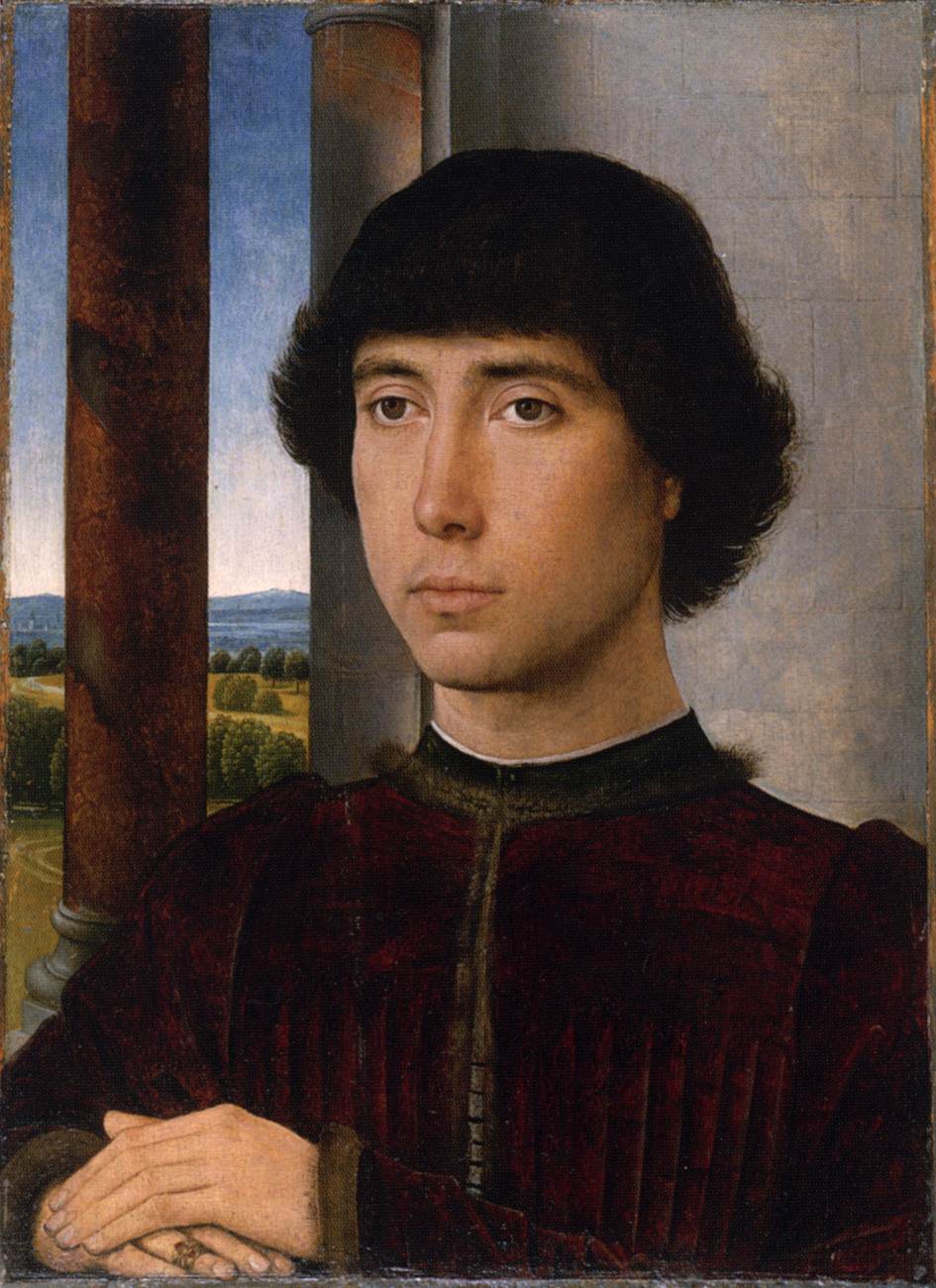
Separate portraiture styles developed in different parts of Italy. This is my solace, and thus I cheat the long days. I make tender approaches to it, I smile, I joke or speak, just as if it could answer. Only your portrait, painted by Raphael’s hand, bringing back your features, comes near to relieving my sorrows. Ippolita, writing to her husband Baldassare Castiglione (Italian courtier, author, and diplomat) speaks of the living-and consoling-presence of his portrait, which Raphael had painted c. realized so perfectly by Lysippus that Alexander forbade any other artist to portray him. Pomponius Gauricus, writing in the early sixteenth century, refers to the enormous power that the sense of life in a portrait could convey:Īnimation.

Thus the face of a man who is already dead certainly lives a long life through painting.

Even after many centuries they are recognized with great pleasure and with great admiration for the painter. Painting contains a divine force which not only makes absent men present, as friendship is said to do, but moreover makes the dead seem almost alive. 1435) strongly endorsed portraiture as a demonstration of the “divine force of painting”: Leon Battista Alberti’s treatise on painting (c. In the early fifteenth century the value of portraiture was already being promoted through influential texts. A portrait could function as a way of announcing one’s piety, virtue, learning, and prosperity-or even one’s inner soul.

Men of learning played a new and important role by also providing advice on the intricacies of self-fashioning. The growth of trade, together with a new emphasis on self-governing in the political units of Italy, resulted in a sizable number of wealthy and powerful individuals who wanted to record their features for their own time and preserve them for posterity. The fifteenth century saw an explosion in the development of portraiture, part of a larger cultural phenomenon during which the arena for individual accomplishment expanded dramatically.


 0 kommentar(er)
0 kommentar(er)
